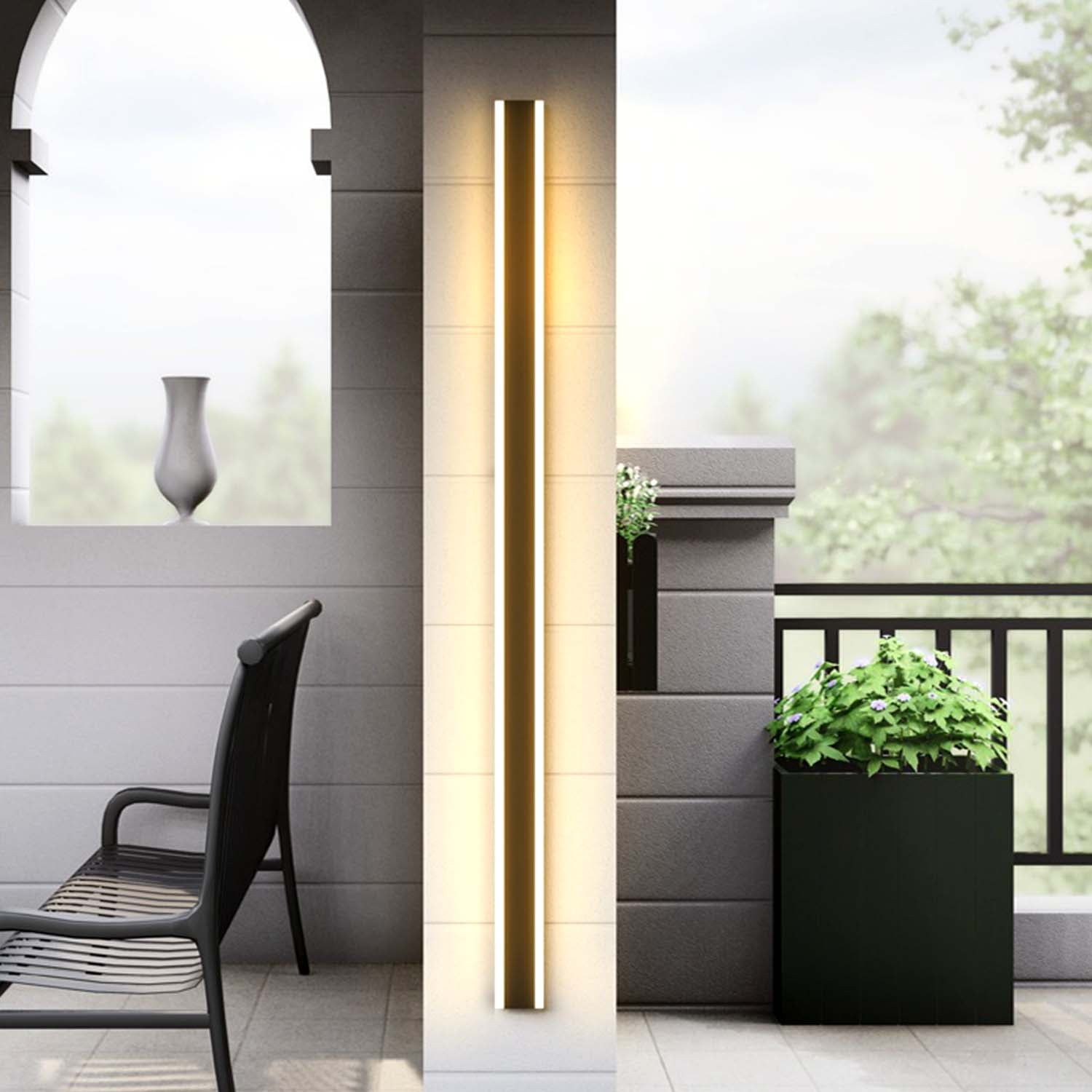Explaining Light Emitting Diode Display Panel Illumination Measurements to Peak Display Effectiveness
Explaining Light Emitting Diode Display Panel Illumination Measurements to Peak Display Effectiveness
Blog Article
LED panel panels are more and more popular across various environments, including homes and businesses and communal spaces. These screens tend to be recognized due to the vivid as well as dynamic visuals, which render these suitable for conveying data, advertisements, as well as engagement. However, comprehending brightness illumination levels for Light Emitting Diode panel screens remains crucial to guaranteeing ideal display efficacy. Illumination can be quantified using metrics known as nits, which show the amount of luminosity produced by a screen. A higher the number of candelas, the brighter more luminous a visual will be. For, example, a panel boasting one thousand nits stands significantly more vivid compared to one with five hundred candelas, rendering this one more suitable for brightly lit settings.
As you selecting a LED panel panel, it becomes important in consider which environment in that it will be placed. In well-lit lit areas, like retail environments or outdoor locations, a increased brightness level becomes necessary to guaranteeing visibility. On the other hand, in darker settings, such as cinemas and conference rooms, lower diminished brightness rate might suffice. This is because excessive because excessive brightness in a dark environment can lead in viewer discomfort among the audience, making it harder to focus on a screen. Thus, comprehending specific particular needs for an installation location can help in choosing the right brightness level to ensure ideal visual experience.
A further crucial element for take into account the the contrast ratio of the LED wall panel. The contrast ratio measures the difference between the brightest light versus the darkest black shade which a panel can produce. A higher contrast ratio means that the display can present greater clarity as well as richness, thereby enhances overall image quality. For example, one screen boasting an differential proportion at ten thousand to one will Continue Reading display images find more information with more brilliant hues as well as crisper features than one with a ratio at one thousand to one. Such is particularly important in instances where showing visuals or videos that require greater definition as well as fine details, including slideshows and advertising content.
Moreover, the mechanism that drives Light Emitting Diode wall screens plays a crucial part for the brightness and overall efficiency. Various kinds in LED technologies, such as OLED as well as Liquid Crystal Display, have unique characteristics which impact how brightness is experienced. Organic Light Emitting Diode screens typically offer superior differential and deeper shades, thereby may improve the viewing experience in dim settings. On the other hand, traditional Light Emitting Diode screens might prove to be better for bright spaces because of their ability for generate higher levels of illumination. Comprehending these technological variances will guide users to deciding on informed choices according to specific specific requirements.
In conclusion, regular maintenance as well as adjustment of Light Emitting Diode panel panels can help preserve ideal brightness and efficacy over time. Dust as well as dirt can build up in the screen, impacting the illumination as well as clarity in a display. Regular cleaning as well as professional calibration may ensure the panel panel functions in its optimal, offering consistent visual quality. Additionally, certain sophisticated LED panel screens come built-in built-in features which allow operators for adjust illumination levels and hue settings based on their preferences. Through implementing such steps, operators will ensure the their LED panel panels provide the best visual performance, no matter the environment where which these are used.